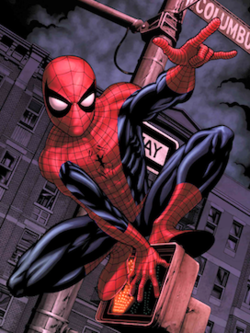In any demonstration of correspondence, the importance (the decoded message) eventually lives with the collectors. The components of the decoded message equal those of the encoded message, however in invert request. The recipient performs conclusion inside and between the embodied minutes to make a finished entire out of sections. Maybe one of the most significant guidelines for the basic assessment of a comic book is whether or not the embodiment decisions of the author and craftsman created effective conclusion which is reflected in 툰코 .

Deciphering: Conclusion
Perusing in the twenty-first century regularly includes more than the simple comprehension of words. As Tom Wolf has brought up, “[…] perusing of words is nevertheless a subset of a significantly more general human movement which incorporates image interpreting, data mix, and association […]”. The actual idea of education has been changed and expanded. Visual education, the capacity to comprehend pictorial data, became one of the essential abilities needed for correspondence in the last 50% of the 20th century. The presence of the comic book has accomplished something other than assisting with subverting the power of the printed word. Comic books separate, or if nothing else obscure, the limits between word texts what’s more picture texts. Perusing comic books requires an alternate kind of proficiency because on the comic book page the drawn sword and the drawn picture are the two pictures to be perused as a solitary coordinated text. Comic books can change in how much they effectively coordinate these two texts. A few scholars propose utilizing the level of association or interlamination of word and picture as the essential stylish norm for assessing comic books. This “dance” between the accomplices of the medium influences the way of perusing and the means got from the perusing. As Ronald Schmitt calls attention to, “[…] implication and stable which means is persistently conceded as the eye, rather than checking left to right in even, direct designs, bounces among words and pictures, spiralling, crisscrossing, and regularly interfering with the whole cycle to re-examine the data in another manner”. McCloud’s classes of the word also picture mix (point by point in the epitome area) help portray how the two parts of the comic-book text play out their “dance.”
McCloud likewise gives classifications of advances between boards:
Second to-Second; Activity to-Activity; Likely to-Subject; Scene-to-Scene; Viewpoint to-Perspective; and Nonsense. These advances can likewise be considered portraying how perusers perform conclusion or “read” the juxtaposition syntagm of design. The importance delivered by the conclusion is more than the amount of the parts, however, it isn’t in every case clear when the significance comes from the blend of parts and when it comes from the conflict of parts. This speculative chemistry of compared pictures was at the core of Eisenstein and Pudovkin’s exemplary discussion concerning whether importance in a film comes from the blend of shots [A + B = C] or the conflict of shots [A X B = C]. It ought to be noted, in any case, that while Eisenstein and Pudovkin were worried about pictures compared on schedule, comic books compare pictures in space.

